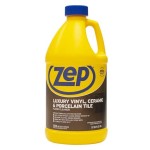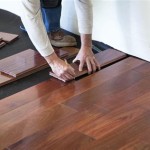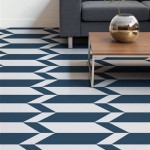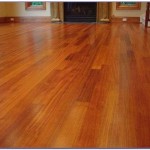Mold under your laminate flooring can be an unsightly and potentially dangerous issue. It’s important to get to the root of the problem and take action to fix it before it gets any worse. In this article, we will discuss what you need to know about mold under laminate flooring, what causes it, and how to prevent it.
What is Mold?
Mold is a type of fungus that can grow in damp, dark places. It is commonly found in bathrooms, kitchens, and other areas where moisture is present. Mold can cause health issues, such as allergies and asthma, and can also damage your home. If mold is found under your laminate flooring, it is important to take action and fix the problem as soon as possible.
What Causes Mold Under Laminate Flooring?
Mold can grow under laminate flooring if moisture or water gets into the subflooring or if there is poor ventilation. If the subflooring is not properly sealed or if the flooring is not installed correctly, this can lead to moisture buildup and mold growth. Additionally, if the area where the laminate is installed is not adequately ventilated, this can lead to mold growth as well.
How to Prevent Mold Under Laminate Flooring
The best way to prevent mold under laminate flooring is to make sure that it is installed correctly and that the subflooring is properly sealed. Additionally, it is important to make sure that the area is well-ventilated, as this can help to reduce the chances of mold growth. If the area is damp or wet, it is also important to dry it as soon as possible.
How to Remove Mold Under Laminate Flooring
If mold is discovered under your laminate flooring, it is important to remove it as soon as possible. The first step is to identify the source of the moisture and take steps to address it. This could include fixing any leaks or installing a dehumidifier. Once the source of the moisture has been addressed, the mold can be removed using a mixture of bleach and water, or a commercial mold-removal product.
How to Avoid Mold Growth Under Laminate Flooring in the Future
To avoid mold growth in the future, it is important to make sure that the area is well-ventilated and that the subflooring is properly sealed. Additionally, it is important to address any moisture issues as soon as they are discovered. If the area is damp or wet, it is important to dry it as soon as possible. Additionally, it is a good idea to check the area periodically for signs of mold growth.
Conclusion
Mold under laminate flooring can be an unsightly and potentially dangerous issue. It’s important to get to the root of the problem and take action to fix it before it gets any worse. To do this, it is important to identify the source of the moisture and take steps to address it. Additionally, it is important to make sure that the area is well-ventilated and that the subflooring is properly sealed. If the area is damp or wet, it is important to dry it as soon as possible. Additionally, it is a good idea to check the area periodically for signs of mold growth.
![How To Deal With Mold Under Laminate Flooring [ClairoliviaWayman]](https://i2.wp.com/www.servprogreatneckportwashington.com/FranchiseContent/BeforeAfterPhotos/9497-e38fbfb5-a91c-4908-92f2-cb16ffab5b93.jpg)












Related Posts








